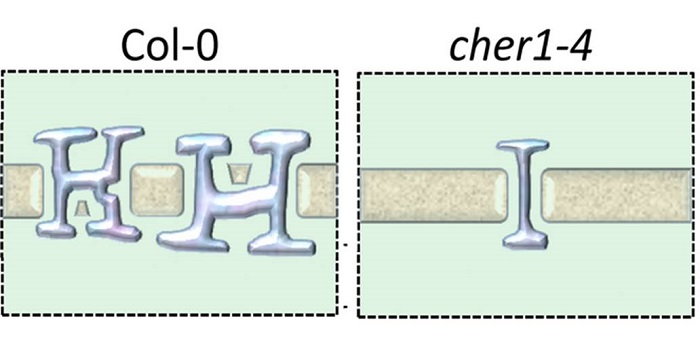
Insights into plasmodesmata composition of fully developed Arabidopsis thaliana leaves
Blog, Plant Science Research Weekly, Research, Research BlogPlasmodesmata (PD) are complex, regulated channels between plant cells that facilitate the movement of signals, metabolites and pathogens, but their small size makes them difficult to study. Previously, Kraner et al. identified an Arabidopsis mutant that produced fewer, simpler plasmodesmata. In their…
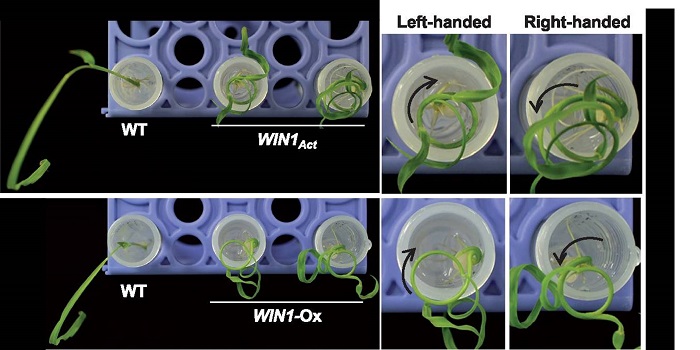
Ectopic expression of WINDING 1 leads to asymmetrical distribution of auxin and a spiral phenotype in rice
Blog, Plant Science Research Weekly, Research, Research BlogThrough insertional mutagenesis of rice, Cheng et al. identified a BTBN (Brac/Tramtrack/Broad complex and NPH3 domain)-encoding gene which they named WINDING 1 (WIN1), because the mutant phenotype (caused by ectopic expression in the shoot) causes the shoot to grow in a spiral. Ectopic expression of…

Suc Signals Induce Etiolated Stem Branching
Blog, Plant Physiology, Plant Physiology: On The Inside, Research, Research BlogPlant shoot branching is determined by apical dominance, a process in which the apical bud (shoot tip) inhibits the outgrowth of axillary buds further down the stem to control the number of growing branches. In response to this inhibition, plants have evolved rapid long-distance signaling mechanisms…

Review: The structure-to-function missing link of plasmodesmata: ($)
Blog, Plant Science Research Weekly, Research, Research BlogPlasmodesmata are tiny channels between cells that allow intercellular movement of messages and metabolites as well as pathogens. They are structurally complex and usually have a central strand of endoplasmic-reticulum (the desmotubule) that passes between adjacent cells, connected by spoke-like elements…
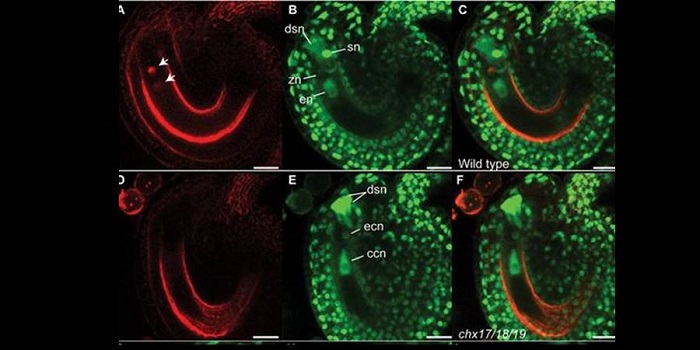
Cation/H+ exchangers affect pollen wall formation, male fertility, and embryo development
Blog, Plant Science Research Weekly, Research, Research BlogCells have developed different mechanisms including control of ion and pH homeostasis to adapt to their constantly changing environment. Such adaption is accomplished by different ion transporters at the membranes. AtCHX17, AtCHX18 and AtCHX20 are members of the cation-H+ exchanger (CHX) family, which…
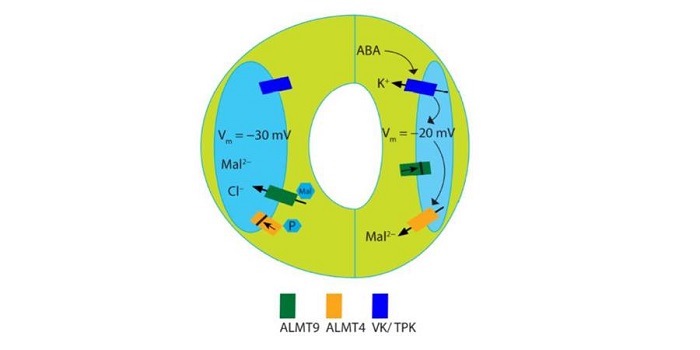
ABA-induced stomatal closure involves ALMT4, a phosphorylation-dependent vacuolar anion channel
Blog, Plant Science Research Weekly, Research, Research BlogChanges in guard cell turgor pressure result in stomatal opening and closing, balancing CO2 uptake with transpiration. These dynamics have been studied as early as the 1800s and much knowledge has been gained regarding the components involved in this process, yet we are still far from a unified model…
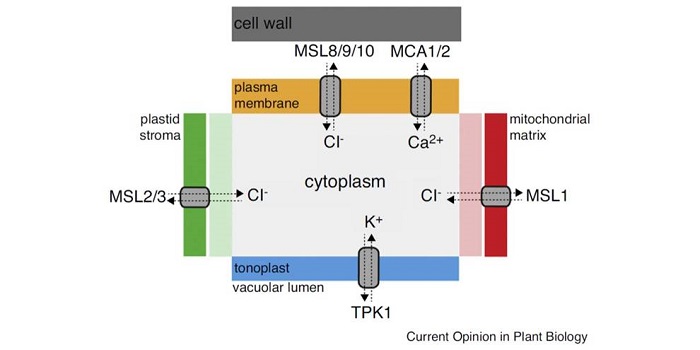
Review: Mechanosensitive ion channels ($)
Blog, Plant Science Research Weekly, Research, Research BlogIon channels are proteins that regulate the passage of ions across membranes. Ion channels are regulated in diverse ways – some are calcium-regulated, some are pH sensitive, some are charge sensitive, and some are sensitive to mechanical stimulation i.e., membrane tension. Basu and Haswell review mechanosensitive…

A plant protein structure from the MATE family, an important family of transporters ($)
Blog, Plant Science Research Weekly, Research, Research BlogThe MATE (multidrug and toxic compound extrusion) family is found in all three domains of life. Proteins in this family are secondary transporters, functioning as sodium or proton/organic cation antiporters. This family has diverse functions in plants, including vacuolar sequestration of alkaloids,…
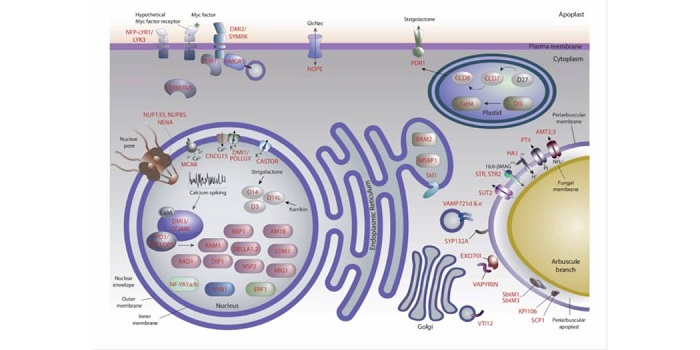
Review: Plant signaling and metabolic pathways enabling arbuscular mycorrhizal symbiosis ($)
Blog, Plant Science Research Weekly, Research, Research BlogThe relationship between plants and arbuscular mycorrhizal fungi has persisted for 400 million years, but we are still learning about the biochemistry of this interaction. MacLean, Bravo and Harrison review how plants attract, recognize, and accommodate their fungal partners, from pre-contact through…

